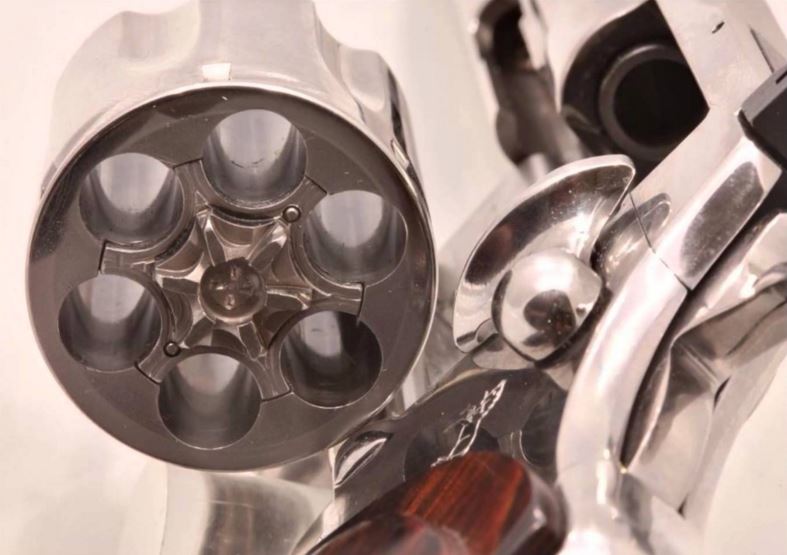Most machined holes are produced by drilling, a cutting process that creates cross-sections for inserting fasteners or other machined parts. Drilling is fast, simple, and cost-effective, but this machining method can produce burrs, raised edges or small, sharp pieces of material that remain attached to the workpiece.
With metal parts, burrs can cause problems such as part misalignments, excessive stress concentrations, and inaccurate dimensional measurements. These surface irregularities can also result in cut wires or damaged rubber seals, clogged filters and ports, and reduced fatigue limits.
Today, most applications require burr-free components. Various deburring tools are available, but Flex-Hone® technology from Brush Research Manufacturing (BRM) provides important advantages. BRM’s flexible, resilient honing tools deburr and surface finish parts at the same time. Flex-Hone® technology also combines ease-of-use with support for both manual and automated deburring.


















